Ryuichi Sakamoto, The Player of Prophet 5
This is the final chapter in my exploration of the music of Ryuichi Sakamoto, who passed away on March 28th, through the synthesizer he used. Ryuichi Sakamoto's intelligent, radical and stylish music has captured the hearts of many people. His activities have not only been limited to the field of pop music, but have also expanded to include film music.
It is well known that when director Nagisa Oshima asked him to appear in "Merry Christmas, Mr. Lawrence", Sakamoto said he would only do it if he could also do the music. Up until that point, Sakamoto had never worked on film music, and he himself referred to it as a godless act. And so that famous piece of music was born. It's an amazing story.
He also received the prestigious Academy Award for the soundtrack to The Last Emperor.
The Prophet 5 was an indispensable instrument in the production of this soundtrack.
Sequential(Dave Smith Instruments) / Prophet-5 Rev.4
Developed by Dave Smith of Sequential Circuits. A world-famous polyphonic synthesizer released between 1978 and 1984. It has 61 keys, 2 VCOs, VC F, VCA, and LFO, it also had a polyphonic fusion function that allowed modulation to be applied to various parts of the synthesizer, making it possible to create complex tones. It could play five notes simultaneously, and had 40 groundbreaking tones stored in its memory. At the time, it was priced at 1.7 million yen, which was far too expensive for amateurs to afford.
It was loved by professionals around the world, including George Duke, Japan, Michael McDonald and Kraftwerk. In Japan, it was used by many people, including Sakamoto, Isao Tomita, Hiroyuki Namba and Hiroshi Sato.
It was released again in 2020 as the Rev4. It has two types of filters and a function that can technically reproduce the instability that was a feature of the early Prophet 5.
The Prophet 5, a Legendary Polyphonic Synthesizer
In interviews, Ryuichi Sakamoto has said that his favorite synthesizer is the Prophet 5. He comments that the reason for this is that the oscillator (transmitter) sound is good. The Prophet 5 is also used extensively in Merry Christmas Mr. Lawrence, and is the core of the soundtrack.
On the other hand, although it was great sonically, the fact that it could only play five notes at the same time was a weakness in terms of music production.
Mr. Sakamoto says, “Even if you're only using three chords, if the release time is long, the sound will cut off when you move on to the next chord. This is really painful, and I want about eight notes.”
Another advantage of the early Prophet 5 is that the filter resonance is unstable, so when you create a scale, it will sound strange and not be equal temperament. He also said that this instability is good, and that the fact that it changes from moment to moment is a feature that other synthesizers don't have.
However, he also commented in the interview that it doesn't cover a wide range of sounds, and that if you want something more complex, you need an ARP 2600 or a modular synthesizer.
Two Purposes for Using a Synthesizer
There is an interesting comment from Mr. Sakamoto about synthesizers. As I mentioned in Part 3, he says that “you need two types of synthesizer: one for acoustic use and one that can create harmonies”. The Prophet 5 is a synthesizer that can create harmonies, and the ARP Odyssey cannot create harmonies, so when used for acoustic purposes... This is reflected in Mr. Sakamoto's session work. In the previous article, I introduced acoustic usage. This time, I will introduce typical albums that use the Prophet 5's harmonies and its characteristic poly-modulation.
■ Album: Kazumi Watanabe 'KYLIN Live' (1979)

It is no exaggeration to say that KYLIN is a band with two heads, with Watanabe Katsumi and Sakamoto Ryuichi. The live performance was held at the Pit Inn live house in Roppongi.
This was a historic live performance that brought together the leading musicians of Japan, and was only possible in that era of 1979.
I don't think the word 'melodious' really fits the improvised playing of Sakamoto on this album. His improvised approach to Miles Davis' “Milestone” is not melodic, and both the live and studio versions feel closer to an aural approach.
Also, the harmonic use of Prophet 5 can be heard throughout, including the mellow pad sounds and brass-style backing that are the forte of Prophet 5.
Recommended song: “The River Must Flow”
The Prophet 5 is used for backing with a brass-like sound in the guitar solo backing by Kazumi Watanabe.
The sound of the Prophet does not get buried in the ensemble, probably because of the high quality of the VCO (oscillator). The strong, tenacious presence is a characteristic of the Prophet 5.
Recommended song: “Inner Wind”
In terms of the acoustic aspect, the background guitar arpeggio in the opening is a sound effect tone created by turning up the VCA modulation and applying an LFO to the ARP Odyssey. A similar tone is also used in the song "Space Crash" by Tatsuro Yamashita. This is a technique that Mr. Sakamoto is particularly good at using on his acoustic synthesizers.
On the other hand, in the improvised part, you can also hear a solo that reminds you of a distorted guitar using Prophet 5 cross modulation.
At the KYLIN revival live concert I attended in 1987, Ryuichi Sakamoto was backing the brass riff of “Inner Wind” with the dry brass sound of a Fairlight CMI, in the midst of an extraordinary atmosphere of excitement.
Musicians, albums and recommended songs featured this time
- Artists: Ryuichi Sakamoto, Kazumi Watanabe
- Album: “KYLIN Live”
- Song titles: “The River Must Flow”, ”Inner Wind”
The “sound & person” column is made up of contributions from you.
For details about contributing, click here.





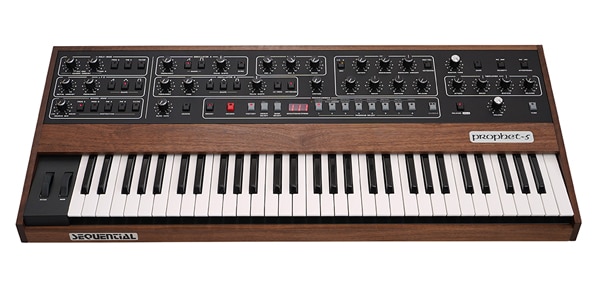

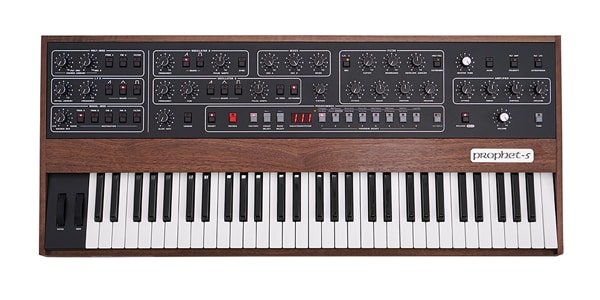





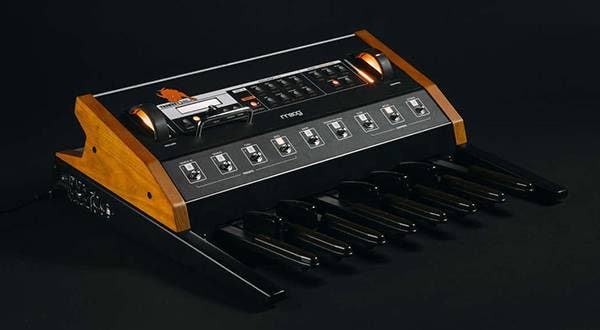
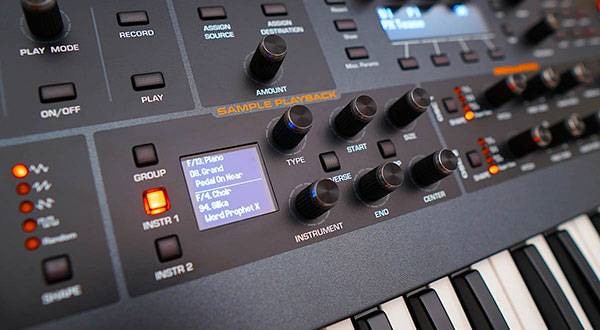
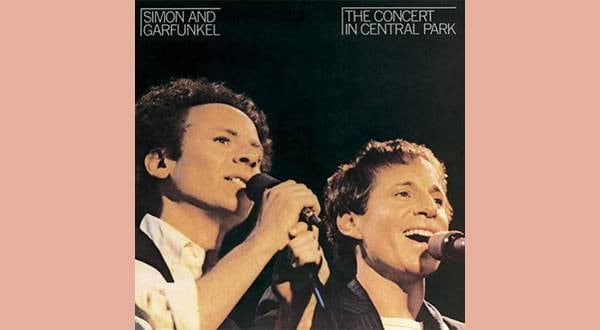
![[2025 Latest Edition] Choosing a Synthesizer/Popular Synthesizers Ranking](/contents/uploads/thumbs/2/2022/9/20220916_2_19446_1.jpg)
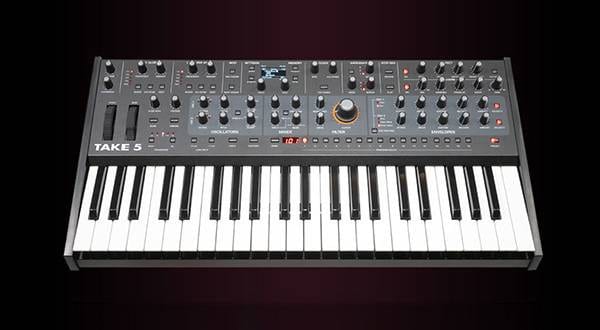
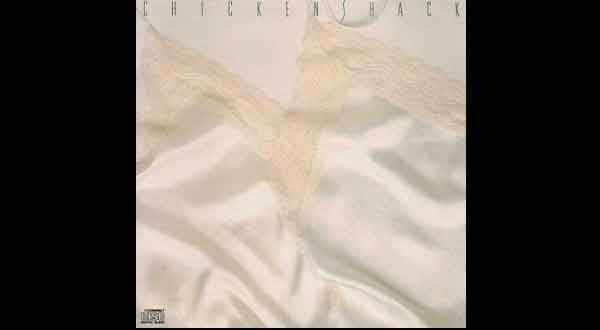
 USB接続対応のMIDIキーボード
USB接続対応のMIDIキーボード
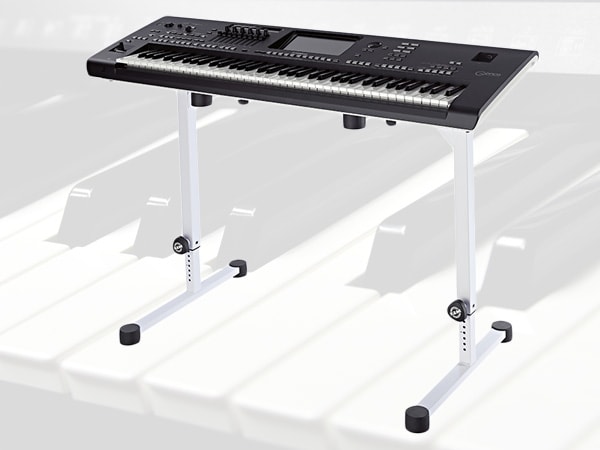 キーボードスタンドの選び方
キーボードスタンドの選び方
 超オススメのフレーズ道場 キーボード
超オススメのフレーズ道場 キーボード
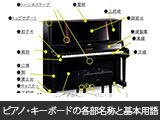 ピアノ・キーボードの各部名称
ピアノ・キーボードの各部名称
 キーボードスタートガイド
キーボードスタートガイド
 キーボード・ピアノ講座
キーボード・ピアノ講座















